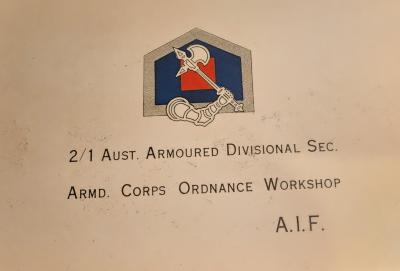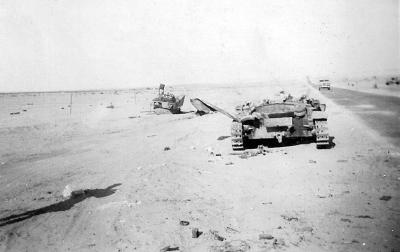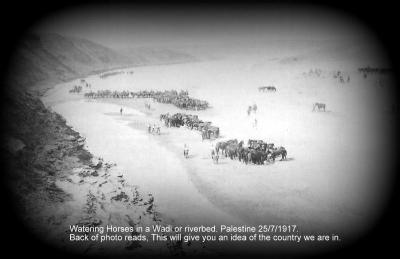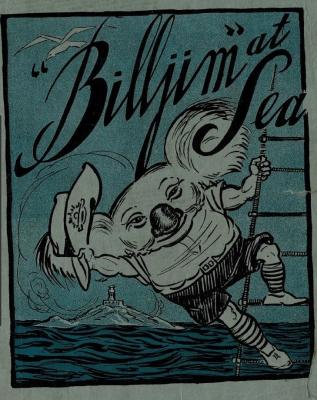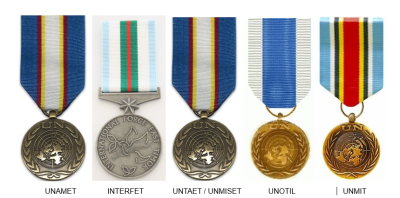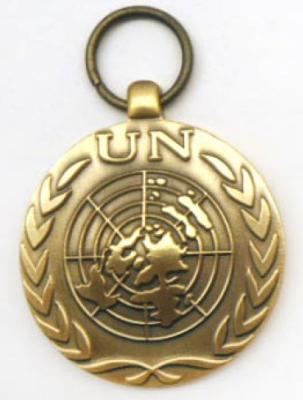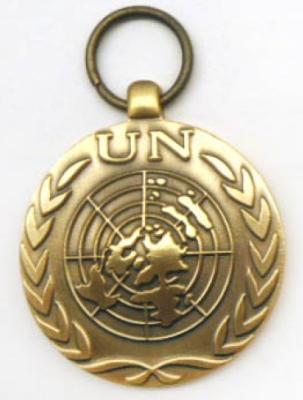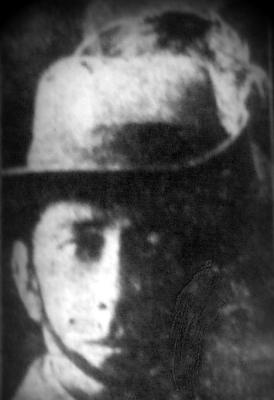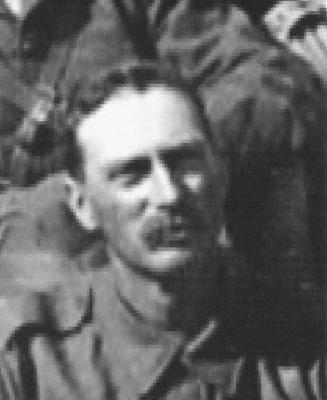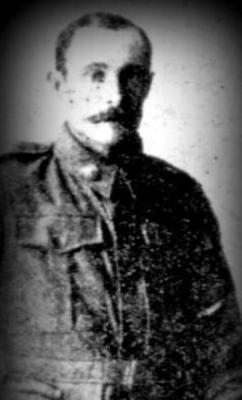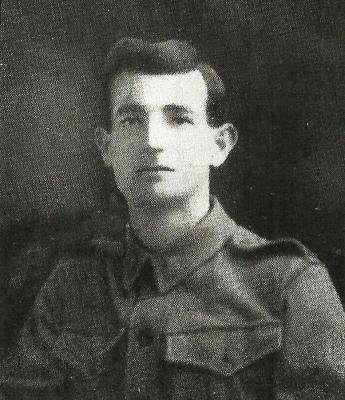Sign - Broad Arrow - British Ordnance Mark
One of the oldest symbols of Government and/or Ordnance is the mark of the ‘Broad Arrow’.Although not as common as it once was, the Broad Arrow is still in use in the Australian Army and is used to identify Defence owned property. It has now been embellished by adding two capital letter ‘D's’ (for the Department of Defence) to the broad arrow. In the past, there were occasions where the use of the two capital letters ‘WD’ either side of the arrow to for War Department.
The marking of military equipment is not a new phenomena. A broad arrow, is a stylised representation of a metal arrowhead, comprising a tang and two barbs meeting at a point. It is a symbol used traditionally in heraldry, and later by the British government to mark government property.
The broad arrow was used in England from the early 14th century, and more widely from the 16th century, to mark objects purchased from the monarch's money, or to indicate government property. It became particularly associated with the Board of Ordnance, and later the War Department and the Ministry of Defence. It was exported to other parts of the British Empire, where it was used in similar official contexts.
Details
Details
Because of specialised national production in wartime, the ordnance marks of other nations are sometimes found on Australian issued equipment. This is particularly true of 1937 pattern webbing issued during World War 2. Examples of the Canadian ordnance mark are quite common indicating the country of manufacture. Also of note is the "sold out of service" augmentation where a facing arrowhead is added nose to nose to the original mark to indicate military surplus disposal. This is most frequently found on weapons.
The history of this mark has its origins linked to the Ordnance Service of the Britain, the Government Commissaries, Colonial Storekeepers, Military Stores Departments and Ordnance Stores Corps both in England and in the Australian Colonies. The mark of the Broad Arrow was also adopted by the Australian Army Ordnance Department at the beginning of the 20th Century, and the mark is still used today.
Australian Army Museum of Western Australia
Australian Army Museum of Western Australia
More items like this
Other items from Australian Army Museum of Western Australia
- World War 1, Middle East, Palestine, Logistics, Watering 10 Australian Light Horse, 1917
- Souvenir Booklet "Billjim at Sea" - AIF Transports,1918
- Medals - East Timor Peacekeeping
- Poster - Australian Peacekeeping
- United Nations Peacekeeping Medal
- Regimental Ties
- World War 1, Australia, Western Australia, 265 COCKBURN, 10 Light Horse
- World War 1, Australia, Western Australia, 264 EAKINS, 10 Light Horse
- World War 1, Australia, Western Australia, 263 DUNN, 10 Light Horse
- World War 1, Australia, Western Australia, 262 DRISCOLL, 10 Light Horse
- World War 1, Australia, Western Australia, 261 DEBNAM, 10 Light Horse
- World War 1, Australia, Western Australia, 260 DAVIES, 10 Light Horse

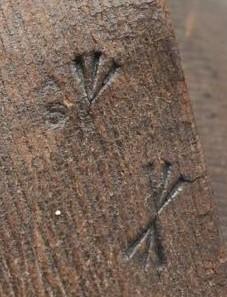
Scan this QR code to open this page on your phone ->

